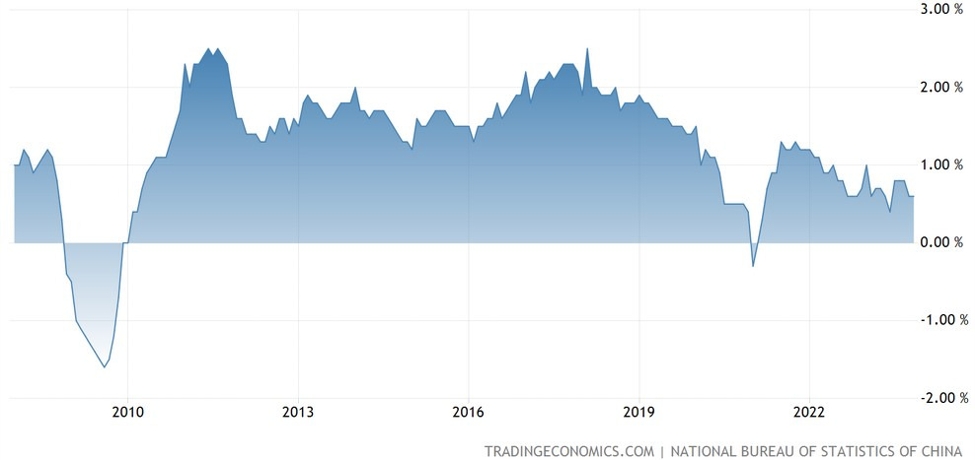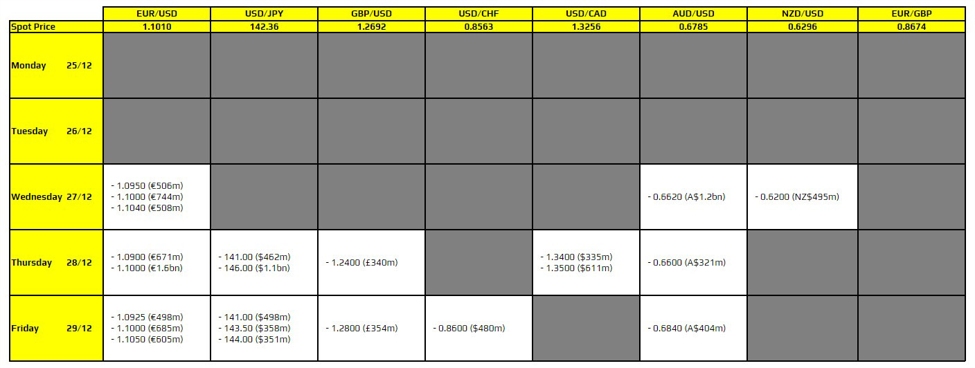Lately,
no one has received more attention from Trump than the Fed Chair, and not in a
flattering way. Every mention was a complaint: too slow to ease the monetary
policy and a not-so-subtle demand to fall in line. Finally, judging by Powell’s
dovish speech in Jackson Hole, the pressure seems to
have worked.
While he
previously said that the regulator was in a position to wait, as the economy
remains strong, last week Powell almost explicitly pointed to the possibility
of rate cuts, citing weakness in the labor market as the main reason. To put
this in context, full employment in the US is one of the Fed’s two core
mandates.
The
markets reacted accordingly. Big tech stocks, which had been under pressure
following comments from OpenAI’s Sam Altman that investors may be overly
confident in AI, bounced back. The Dow Jones
climbed to a new record high, while the S&P 500 came close.
The dollar index, meanwhile, slipped again.
The
tricky part is that while the labor market shows signs of weakness, inflation
isn’t easing: in July, the US producer price index (PPI) rose 0.9%, well above
the expected 0.2%. These stronger-than-expected numbers suggest inflationary
pressures may still be building in the economy due to trade wars.
Let’s
see what the July PCE data, the Fed’s preferred inflation indicator, shows when
it is released on Friday. A high figure will not necessarily prevent the Fed
from cutting rates in September, but it could lead to more modest or cautious
measures in the future, dampening investor optimism.
Overall,
the risk of stagflation (slowing growth coupled with rising inflation) is
becoming increasingly pronounced, which is not good news for the Fed. Still,
the markets do not seem to believe the worst. Stocks continue to rebound, and
cryptocurrencies are following suit, with ETHUSD
reaching new all-time highs.
Looking
ahead to this week, with much of the optimism surrounding a September rate cut
already priced in, attention turns to Nvidia’s quarterly results on Wednesday.
If the company beats forecasts again and, more importantly, offers an upbeat
outlook, the market could experience another wave of optimism.
But if
it does not, stocks could suffer a correction similar to last week’s decline
triggered by Altman’s warning of a possible “bubble” in large digital tech
companies, reminiscent of the dot-com bubble burst. A hotter-than-expected PCE
report on Friday could also dampen sentiment, punishing Nasdaq and the S&P
500.















